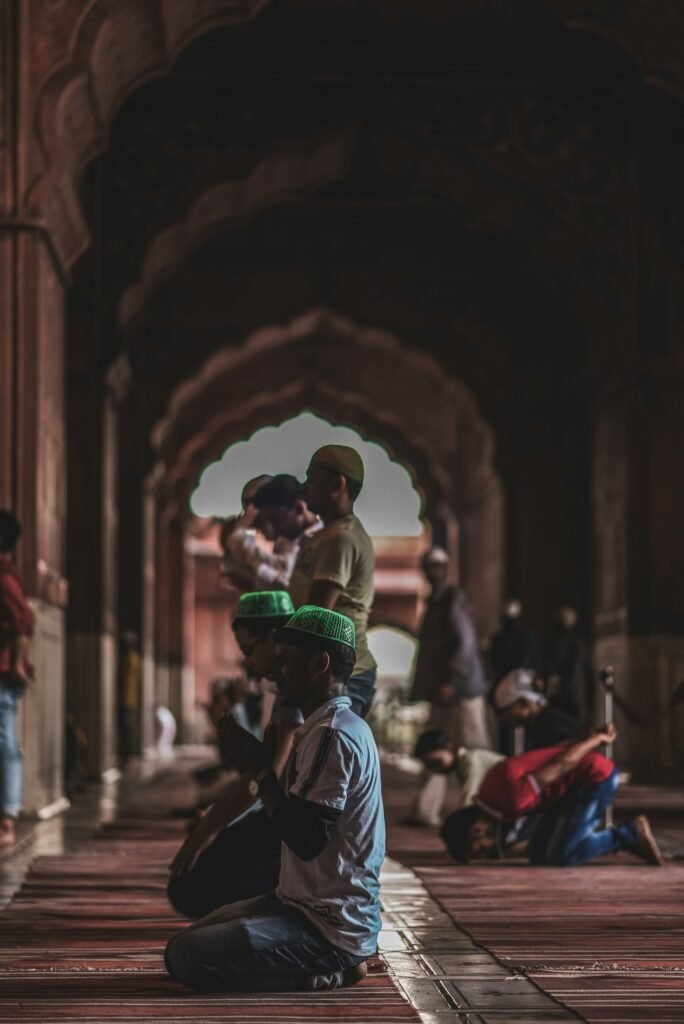Nag Panchami is a deeply rooted Hindu festival that celebrates the worship of Nag Devtas (serpent gods) and symbolizes reverence toward nature and ancient beliefs. It falls on the fifth day of the Shukla Paksha (waxing moon phase) in the month of Shravana (July-August), which is considered highly auspicious in the Hindu calendar.
Why is Nag Panchami Celebrated?
In Hindu mythology, serpents are considered protectors of wealth, water, and fertility. They are also linked with powerful deities like Lord Shiva (who wears a snake around his neck) and Lord Vishnu (who rests on the serpent Sheshnag). Worshipping snakes on this day is believed to protect one from snakebites, evil energies, and misfortunes.
Rituals and Traditions
- Offering Milk and Turmeric: Devotees visit Nag temples or anthills (where snakes reside) and offer milk, turmeric, flowers, and sweets to appease the snake gods.
- Drawing Nag Images: In homes, snake images are drawn on walls using cow dung and are worshipped.
- Fasting and Prayers: Many people observe fasts and chant Nag mantras to seek blessings.
- Avoiding Digging the Earth: It is believed that digging the earth on this day might harm hidden snakes or disturb their habitats.
Spiritual Significance
Nag Panchami symbolizes the cycle of life, death, and rebirth. Snakes, being creatures that shed their skin, represent transformation, healing, and renewal. Worshipping them is a way of aligning with nature’s power and respecting all forms of life.
Mantra for Worship
“Om Sarpa Devaya Namah”
Chanting this mantra is believed to protect against snake doshas and attract peace and prosperity.




